What is the tolerance range of precision screws?
What is the tolerance range of precision screws?
Service Hotline
+86760-8787 8587We have more than ten years of production experience in the screw industry, the main products are: half-thread external bolt, countersunk head pull nut, blind hole flat head vertical grain countersunk head pull riveting small head waterproof female pull rivet nut, knurled vertical grain round, GB109 aluminum flat head Rivets, BS1769 Hexagon Slotted Nuts, Plastic Support Studs, Flat Head Pan Head Screws, Small Half Round Head Bolts, Umbrella Head Rose Screw Nuts, 201 Spot Welding Screws, 12.9 Metric Screws, Bottom Hole 6.0 Pressure Riveting Screws, 316 Fasteners such as bolts, hexagon socket head cap screws, etc., have different prices due to different product materials and specifications. Please contact us if necessary.


Washers are common parts that are annular or annular after compression. The existing standard washers include flat washers, spring washers, serrated lock washers, saddle washers, etc. The end faces are mostly flat or flat after compression. , so it is in surface contact with the workpiece. Generally, after the two workpieces are locked by washers, bolts and nuts, the workpieces cannot move in any direction, so as to achieve the purpose of tightening the two workpieces. In actual production, some workpieces are still required to be properly translated in a certain direction after locking. In order to achieve this requirement, the usual practice is to open a waist-shaped hole on the workpiece that needs to be moved, and the zigzag-shaped bushing is fitted with a flat washer after passing through the waist-shaped hole, as shown in FIG. The edge of the hole is located in the space enclosed by the bushing and the flat washer, and a gap is formed between the workpiece and the bushing and the flat washer, so that even if the bolt passes through the flat washer, the bushing and the workpiece in turn, it is threaded and locked with the nut. tight, the workpiece can still translate along the length of its girdle hole. Obviously, this method can achieve the requirement of proper translation of the workpiece, but the following deficiencies can still be found in the actual assembly. First, before locking, the bushing, washer and workpiece are separated from each other, so it is more inconvenient to assemble; secondly, the lining is The separation structure of the sleeve and the gasket is inconvenient to manage, and the disassembled gasket and bushing are easy to lose and affect the use again.
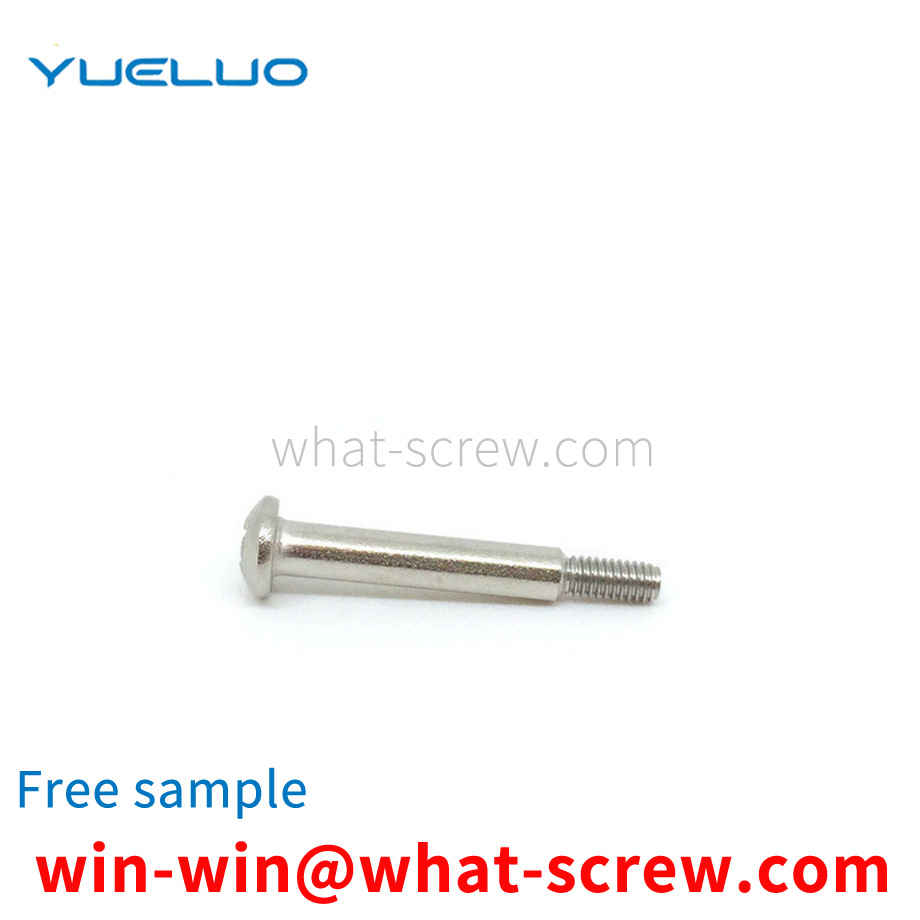
The performance grade 8.8 of stainless steel bolts refers to the material's tensile strength limit of 800MPa and yield limit of 640MPa. The performance grades of stainless steel bolts, studs and studs are divided into 10 grades: from 3.6 to 12.9. The number before the decimal point represents 1/100 of the tensile strength limit of the material, and the number after the decimal point represents 10 times the ratio of the material's yield limit to the tensile strength limit. There are 7 grades of performance grades for nuts, from 4 to 12. The numbers roughly represent 1/100 of the minimum stress that the stainless steel nut is guaranteed to withstand. For unified inch threads, there are three thread grades for external threads: grades 1A, 2A and 3A, and three grades for internal threads: grades 1B, 2B and 3B, all of which are clearance fits. The higher the rating number, the tighter the fit. Classes 1, 1A and 1B, very loose tolerance classes, which are suitable for tolerance fits of internal and external threads. Grades 2, 2A and 2B are the most common thread tolerance grades specified for inch series mechanical stainless steel fasteners. Grades 3, 3A and 3B, screwed together to form the tightest fit, suitable for tight tolerance stainless steel standard parts, for safety critical designs. Metric threads, there are three thread grades for external threads: 4h, 6h and 6g, and three thread grades for internal threads: 5H, 6H, 7H. Thread fit is best combined into H/g, H/h or G/h. For bolts, stainless steel nuts and other refined fastener threads, the standard recommends 6H/6g fit. Carbon steel: The strength grade is marked by ? It consists of two separated numbers. The meaning of the number part before the ? in the marking code represents the nominal tensile strength, for example, 4 in grade 4.8 represents 1/100 of the nominal tensile strength of 400N/MM2. The meaning of the ? and the number part after the point in the marking code represents the yield-strength ratio, that is, the ratio of the nominal yield point or the nominal yield strength to the nominal tensile strength. For example, the yield point of grade 4.8 products is 320N/mm2. The strength grade mark of stainless steel products consists of two parts separated by —. The symbol before — in the sign code indicates the material. Such as: A2, A4 and other signs — indicate strength, such as: A2-70 Carbon steel: The mechanical properties of bolts can be divided into: 3.6, 4.6, 4.8, 5.6, 5.8, 6.8, 8.8, 9.8, 10.9, 12.9 in total 10 performance levels
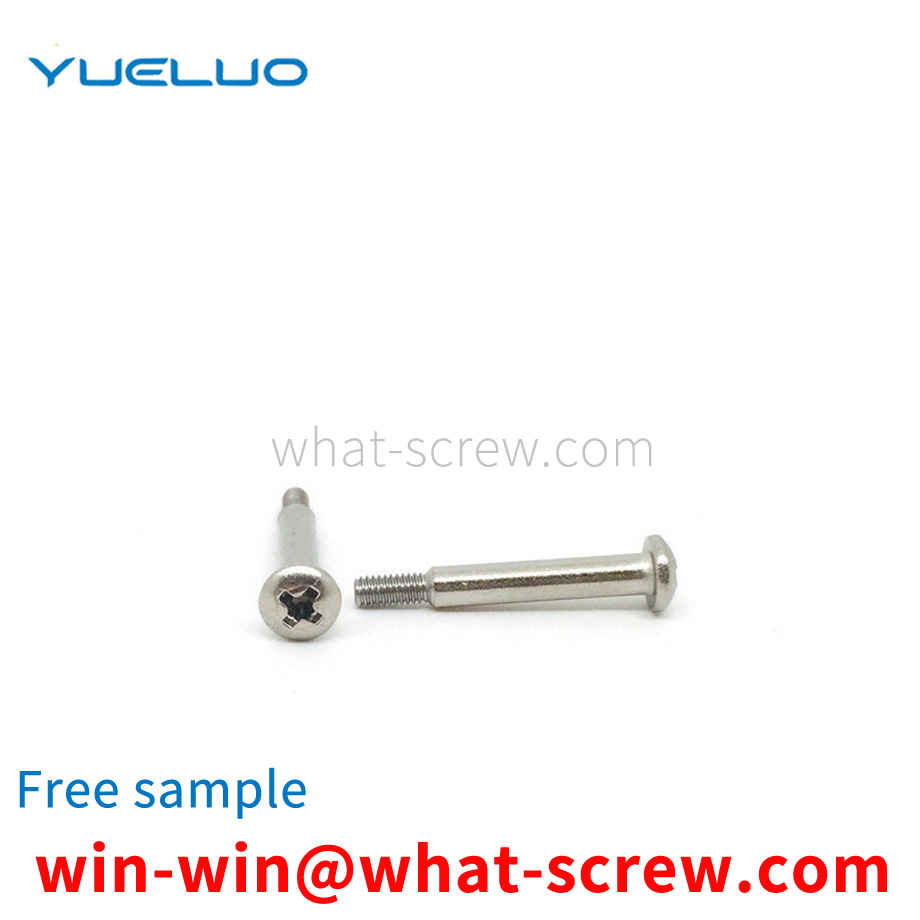
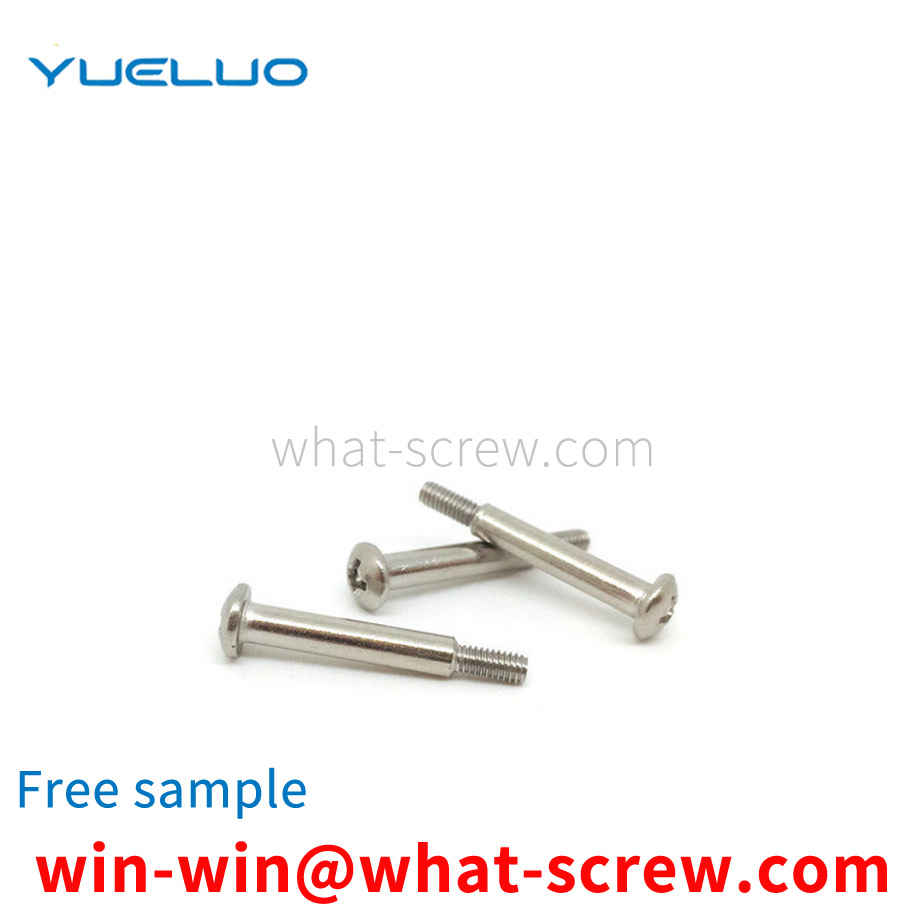
Screw name broadcast 1. Machine screw 2. Self-tapping screw 3. Drilling screw 4. Wallboard screw 5. Fiberboard screw 6. Wood screw 7. Hexagonal wood screw 8. Non-prolapse screw 9. Combination screw 10. Micro screw 11. Furniture screws 12. Electronic screws
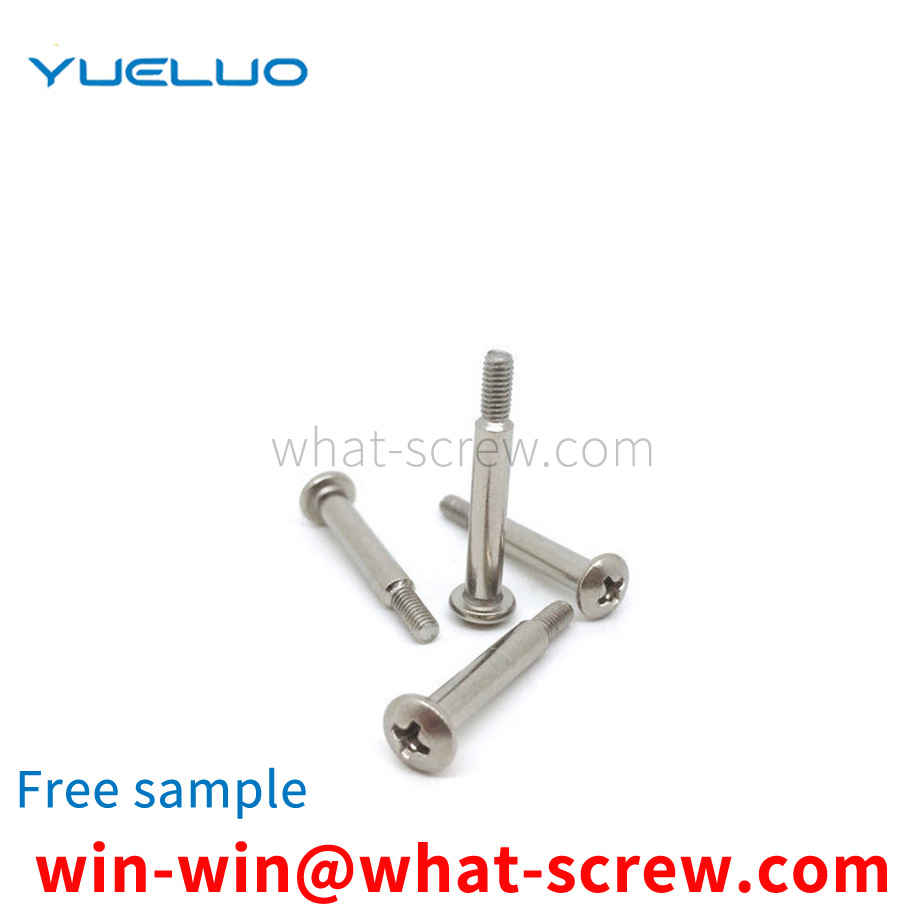
There are many names for bolts, and everyone may have different names. Some people call them screws, some people call them bolts, and some people call them fasteners. Although there are so many names, they all mean the same thing, they are all bolts. A bolt is a generic term for a fastener. A bolt is a tool that uses the physical and mathematical principles of the oblique circular rotation and friction of an object to fasten the parts of the object step by step. [1] Bolts are indispensable in daily life and industrial production. Bolts are also known as the rice of industry. It can be seen that the bolts are widely used. The application scope of bolts includes: electronic products, mechanical products, digital products, electrical equipment, electromechanical products. Bolts are also used in ships, vehicles, hydraulic engineering, and even chemical experiments. Anyway, bolts are used in many places. Especially the precision bolts used in digital products. Miniature bolts for DVD, cameras, glasses, clocks, electronics, etc.; general bolts for televisions, electrical products, musical instruments, furniture, etc.; large bolts and nuts are used for engineering, construction, and bridges; transportation equipment, aircraft, trams, automobiles etc. are used together with large and small bolts. Bolts have important tasks in industry. As long as there is industry on the earth, the function of bolts will always be important.
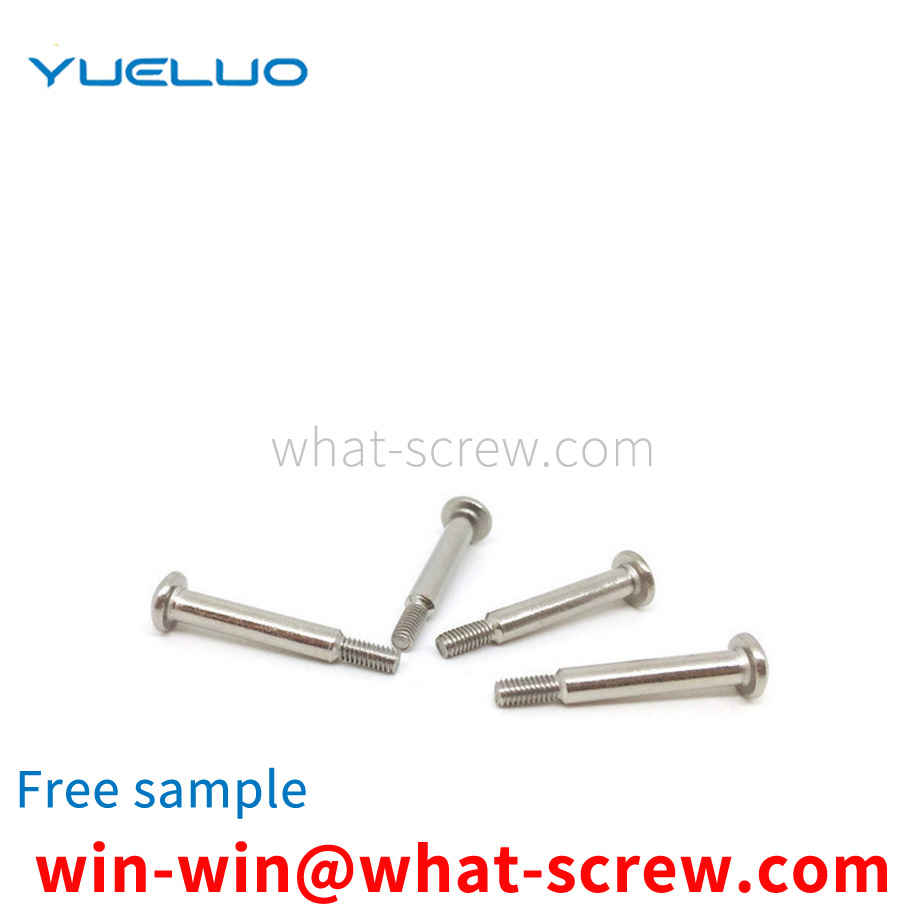
The above content is uploaded by Yueluo or the Internet. If there is any copyright issue, please contact [email protected].

What is the tolerance range of precision screws?

How to choose the right stainless steel screw manufacturer?

Why is there an R angle under the head of the hexagon head s...

We have more than ten years of production experience in the ...

We have more than ten years of experience in the production ...

We have more than ten years of experience in the production ...

We have more than ten years of experience in screw industry ...